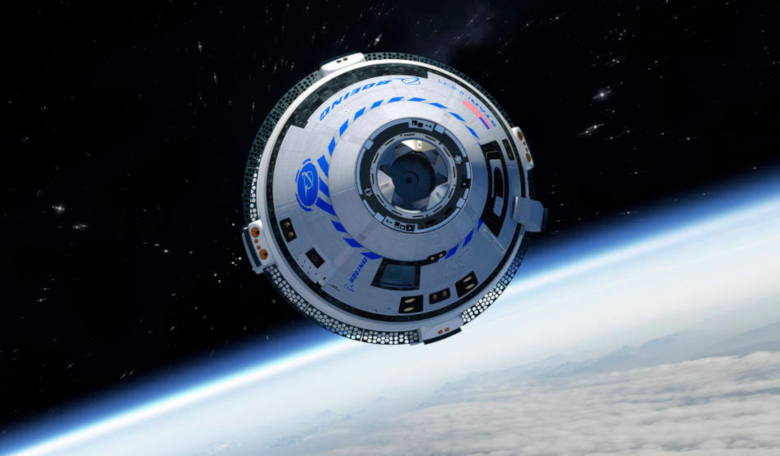Following the failure of Boeing’s commercial crew test flight last December, NASA has drawn up a list of 80 recommendations that the aerospace giant will have to address before attempting a second test flight of its Starliner space capsule later this year; this is an increase of 19 further recommendations that the agency listed in a report earlier in March.
Late last year, Boeing’s much anticipated first uncrewed flight of its Starliner space capsule didn’t quite end according to plan.
Although Boeing were able to complete a number of test objectives during the flight, Starliner was unable to reach its planned orbit and dock to the International Space Station.
The problem turned out to be a clock error, however shortly afterwards Boeing also learned that other software problems could have caused the capsule and the rocket to collide at the time of separation - mistakes that led NASA to label the flight as a “high visibility close call.”
This string of oversights prompted the establishment of a joint investigation team between NASA and Boeing in March to prevent similar scenarios from occurring in the future.
At the time, the joint independent review identified 61 corrective and preventative actions to address two software anomalies and several technical and organisational issues related to Boeing’s work, including improved software testing and product integrity.
NASA said it also reviewed its role in the flight test and “identified several areas where the agency can improve its level of participation and involvement into company’s processes.”
“We really wanted to make sure that we looked deep into ourselves, and our Boeing teammates,” said Kathy Lueders, who took over as associate administrator for human exploration and operations in June.
The review resulted in several recommendations that will be incorporated into future programmes.
Now that the investigation’s third and final focus area is complete, NASA say the review team has identified a total of 80 recommendations that Boeing, in collaboration with the agency, is addressing.
These include, 21 recommendations for hardware and software integration testing and simulation; 35 recommendations for process and operational improvements; numerous software update recommendations and further recommendations for “Knowledge Capture,” and hardware modifications.
“NASA and Boeing have completed a tremendous amount of work reviewing the issues experienced during the uncrewed flight test of Starliner,” said Steve Jurczyk, associate administrator at NASA.
“Ultimately, everything we’ve found will help us improve as we move forward in the development and testing of Starliner, and in our future work with commercial industry as a whole.”
Action plans for the recommendations are already well under way say the agency, and Boeing have been incrementally changing the software, testing the software and adding resources when required, said Steve Stich, manager of NASA’s commercial crew program, in a call with reporters yesterday.
Reviewing software procedures however appears to have been a sticking point for the agency as both Stich and Leuders acknowledged that more could have been done in this area.
“It was an area where perhaps we just didn’t have quite the level of NASA insight as we should have in hindsight,” said Stich.
This lack of insight has been placed on the agency’s historic partnership with Boeing that goes back decades and it was this familiarity with the company that maybe blinded NASA to some potential issues indicated Stich.
"Perhaps we were a little more focused on SpaceX," Stich said.
There is still a lot more work ahead, says Phil McAlister, director of commercial spaceflight development at NASA, “but these significant steps help us move forward on the path toward resuming our flight tests,” he added.
Boeing and NASA have not yet established a launch date for the Orbital Flight Test-2 (OFT-2), but it is unlikely that the company will be able to carry astronauts until at least 2021.











